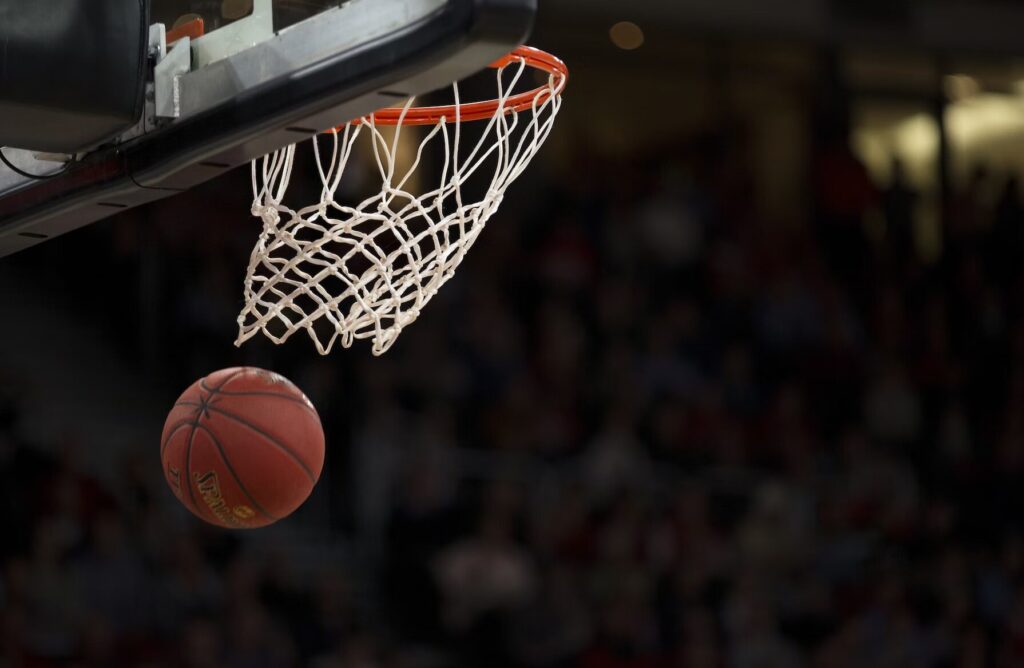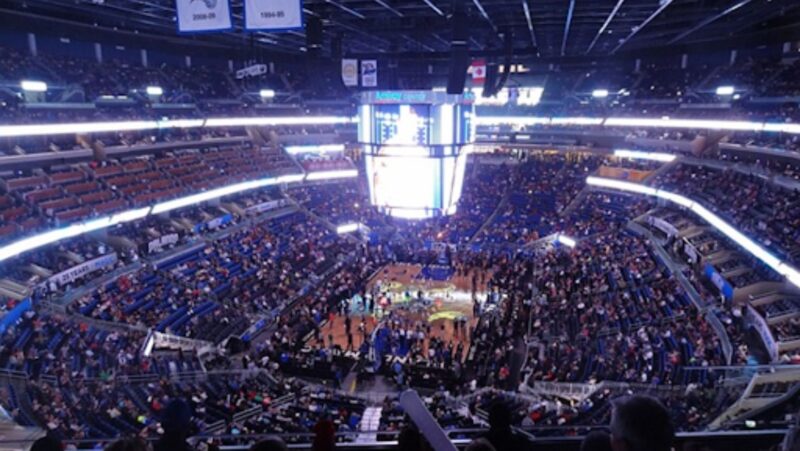
Basketball has long been a beloved pastime, captivating the hearts and minds of sports enthusiasts worldwide. From the professional leagues to college teams, there is no denying the sheer exhilaration of watching players maneuver through intense games and making jaw-dropping shots.
However, when it comes to college basketball, there is an ongoing issue that cannot be ignored – gender disparities. Despite women’s college basketball having a rich history and growing popularity, it remains overshadowed by men’s college basketball in terms of media coverage, funding, and overall recognition.
As researchers in the field of sports strive for equality across all levels of play, it’s crucial to analyze these gender inequities within college basketball and shed light on this important topic.
Historical Overview of Gender Disparities in College Basketball
The dichotomy between men’s and women’s college basketball can be traced back to their early beginnings. Men’s basketball was first introduced in colleges in the late 19th century. It rapidly evolved from a minor extracurricular activity into a major collegiate sport, attracting extensive media attention and significant financial investments.
Conversely, women’s college basketball had a more humble and slower-paced start. Although women began playing college basketball in the early 20th century, their games were often overlooked, underfunded, and under-promoted, leading to a stark disparity in visibility and recognition. This initial bias set the stage for the ongoing discrepancy in men’s and women’s college basketball treatment and coverage.
Even as women’s college basketball has grown in popularity, the initial disparity has been difficult to overcome, leading to the present-day inequalities observed in media coverage, funding, and overall recognition.
Assessment of Media Coverage
Televised games are a significant source of exposure and revenue for college sports. However, men’s college basketball games are broadcast more frequently and on more prominent networks than women’s games.
This disparity in television coverage limits the visibility of women’s basketball and contributes to a cycle of underinvestment and underrepresentation. In addition, press coverage and online media representation often lean heavily towards men’s games, with women’s games receiving less in-depth analysis and lower priority placement.

Despite the increasing popularity and competitiveness of women’s college basketball, the media coverage has not kept pace, underscoring the need for a more balanced representation in the broadcasting and press sectors. This bias is still evident even when examining FanDuel college basketball odds.
Funding Differences
When comparing men’s and women’s basketball programs, there is a stark difference in the allocation of funds. Men’s programs tend to receive more funding for facilities, equipment, coaching salaries, and recruitment budgets. This disparity is seen not only at the top-tier schools but also at smaller colleges across the country.
On the other hand, women’s basketball programs often operate with fewer resources. They continue to grapple with issues such as insufficient budgets for team travel, lesser-quality training facilities, and limited access to advanced sports technology. This lack of funding stifles the growth and development of the women’s game, impacting everything from player development to the sport’s visibility.
Advocating for equitable funding in college athletics is critical to rectify these disparities. Ensuring equal resources for both men’s and women’s teams is not just about fairness—it’s about respecting and acknowledging the value of women’s sports and their contribution to college athletics. With the proper support and resources, women’s basketball can continue its upward trajectory and reach its full potential.
Recognition and Rewards
Men’s college basketball players frequently receive more accolades, including college athlete awards, invitations to high-profile events, and greater opportunities for professional contracts post-graduation. These recognitions contribute significantly to their exposure and open doors for future opportunities.

In contrast, women’s college basketball players are often overlooked when it comes to such accolades. Despite their impressive performances and dedication to the sport, their achievements are often not recognized on the same scale as their male counterparts. This lack of recognition limits their career opportunities post-college, making it more challenging for them to secure lucrative professional contracts or endorsement deals.
However, it’s important to note the recent advances in addressing this recognition gap. For instance, the Women’s National Basketball Association (WNBA) has advocated for better visibility and recognition of female athletes. Additionally, there is a growing number of scholarships for women’s basketball, recognizing their talents and contributions to the sport.
Conclusion
While there have been strides in promoting gender equality in college basketball, there is still a significant way to achieve parity. The disparities in media coverage, funding, and recognition continue to present challenges for the growth and development of women’s basketball at the collegiate level.
Addressing these imbalances requires ongoing advocacy, policy reform, and a cultural shift that recognizes and values women’s sports on an equal footing with men’s. Fostering an equitable playing field uplifts women’s college basketball and contributes to the broader pursuit of gender equality in sports.












